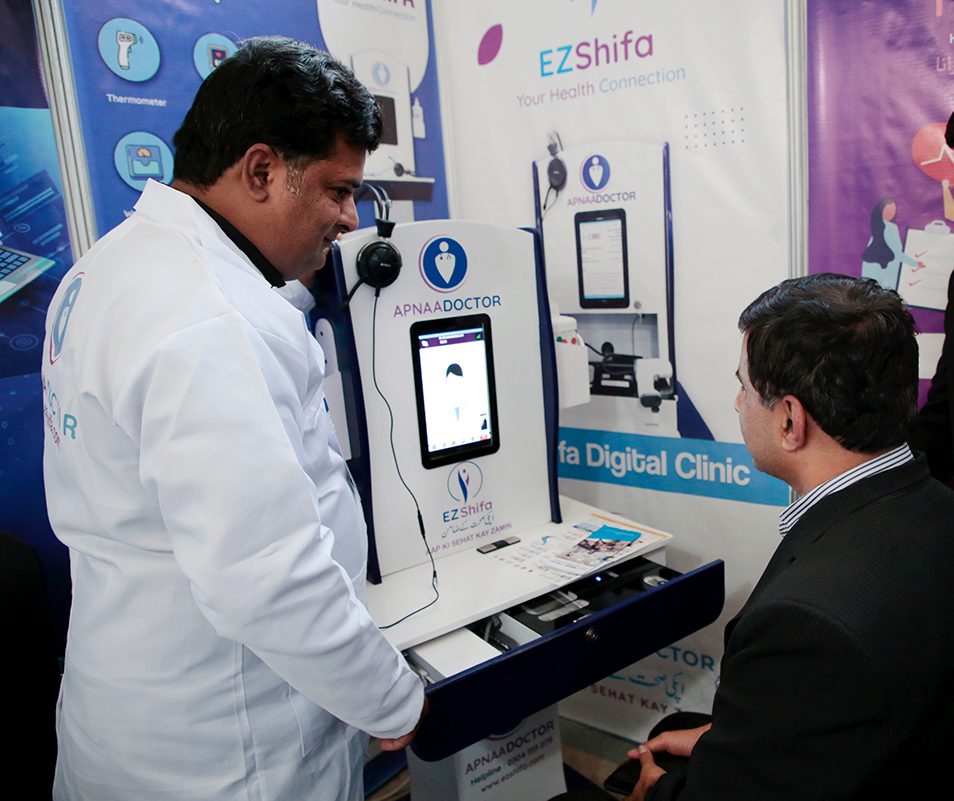The Role of Telemedicine in Rural and Underserved Areas, using digital communication technologies to provide medical care remotely, has emerged as a transformative force in healthcare. Its potential to enhance access, improve patient outcomes, and reduce costs is particularly significant in rural and underserved areas, where healthcare resources are often limited. This article explores the critical role of telemedicine in these regions, examining its benefits, challenges, and prospects. The Telemedicine Challenges in Rural and Underserved Areas Limited Access to Telemedicine Providers Rural and underserved areas often face significant challenges in accessing healthcare services. These regions typically have fewer healthcare providers per capita, resulting in longer travel distances and patient wait times. For many individuals, especially those with chronic conditions or mobility issues, this can lead to delayed or foregone care, exacerbating health disparities. Infrastructure and Economic Barriers In addition to a shortage of healthcare providers, rural areas frequently suffer from inadequate healthcare infrastructure. This includes a lack of hospitals, clinics, and specialized medical facilities. Economic barriers such as lower income levels and higher rates of uninsured individuals further compound these challenges, making it difficult for residents to afford necessary care. Health Disparities The combination of limited access and economic constraints leads to pronounced health disparities in rural and underserved communities. These populations often experience higher rates of chronic diseases, mental health issues, and preventable conditions compared to urban counterparts. Addressing these disparities requires innovative solutions that can overcome geographical and financial obstacles. The Emergence of Telemedicine Technological Advancements The rise of telemedicine has been fueled by advancements in digital communication technologies, including high-speed internet, smartphones, and video conferencing platforms. These technologies enable healthcare providers to connect with patients remotely, offering consultations, diagnostics, and treatment plans without the need for in-person visits. Regulatory Support Governments and regulatory bodies have increasingly recognized the potential of telemedicine to address healthcare gaps. Policies and regulations have evolved to support the adoption of telemedicine, including reimbursement for virtual consultations and the relaxation of licensing requirements for healthcare providers practicing across state lines. Benefits of Telemedicine in Rural and Underserved Areas Improved Access to Care Telemedicine significantly improves access to care for individuals in rural and underserved areas. Patients can receive medical consultations from the comfort of their homes, eliminating the need for long-distance travel. This is particularly beneficial for those with chronic conditions, disabilities, or transportation limitations. Timely Medical Intervention With telemedicine, patients can access medical care more promptly, reducing the time between symptom onset and consultation. This timely intervention can prevent the progression of illnesses, improve health outcomes, and reduce the burden on emergency services. Continuity of Care Telemedicine enhances continuity of care by facilitating regular follow-ups and ongoing monitoring. Patients can maintain consistent communication with their healthcare providers, ensuring that treatment plans are adhered to and adjustments are made as needed. This is especially crucial for managing chronic diseases such as diabetes, hypertension, and asthma. Access to Specialists Rural areas often lack specialists, forcing patients to travel long distances for specialized care. Telemedicine bridges this gap by connecting patients with specialists remotely. This includes consultations for complex conditions, second opinions, and mental health services. Access to specialist care can significantly improve diagnosis accuracy and treatment effectiveness. Cost Savings Telemedicine can lead to substantial cost savings for both patients and healthcare systems. By reducing the need for travel, hospital admissions, and in-person visits, telemedicine lowers healthcare expenses. Patients save on transportation and accommodation costs, while healthcare systems can allocate resources more efficiently. Enhanced Patient Engagement Telemedicine platforms often include tools for patient education, self-management, and remote monitoring. These features empower patients to take an active role in their health, leading to better adherence to treatment plans and improved health outcomes. Enhanced patient engagement also fosters stronger patient-provider relationships. Challenges and Barriers to Telemedicine Adoption Technological Limitations Despite the promise of telemedicine, technological limitations remain a significant barrier in rural areas. Reliable high-speed internet access is essential for effective telemedicine services, but many rural communities still lack adequate broadband infrastructure. Addressing this digital divide is critical for the widespread adoption of telemedicine. Regulatory and Reimbursement Issues While there has been progress in telemedicine regulations, inconsistencies and barriers persist. Reimbursement policies for telemedicine services vary widely between states and insurers, creating uncertainty for healthcare providers. Additionally, interstate licensing restrictions can limit the ability of providers to offer telemedicine services across state lines. Provider and Patient Acceptance The acceptance and adoption of telemedicine by both providers and patients are crucial for its success. Some healthcare providers may be hesitant to integrate telemedicine into their practice due to concerns about the quality of care, workflow disruptions, and reimbursement issues. Similarly, patients may have reservations about the effectiveness and privacy of virtual consultations. Data Security and Privacy Telemedicine involves the transmission of sensitive patient information over digital platforms, raising concerns about data security and privacy. Ensuring that telemedicine systems comply with regulations such as the Health Insurance Portability and Accountability Act (HIPAA) is essential to protect patient data and maintain trust. Case Studies and Success Stories Project ECHO Project ECHO (Extension for Community Healthcare Outcomes) is a notable example of telemedicine’s impact in rural and underserved areas. Originally developed to address hepatitis C treatment in rural New Mexico, Project ECHO uses a hub-and-spoke model to connect specialist teams with primary care providers through tele-mentoring. This model has been replicated globally to address various health conditions, improving care quality and access in remote regions. The Alaska Federal Health Care Access Network (AFHCAN) The AFHCAN telehealth program serves Alaska’s remote communities, where geographical barriers significantly limit healthcare access. The network enables remote consultations and diagnostics, connecting patients with healthcare providers across vast distances. AFHCAN has improved health outcomes and reduced the need for patient travel, demonstrating the potential of telemedicine in overcoming extreme geographic challenges. Indian Health Service Telebehavioral Health Center of Excellence The Indian Health Service (IHS) Telebehavioral Health Center of Excellence provides mental health and substance abuse services to American Indian and Alaska Native communities. Telebehavioral health services








